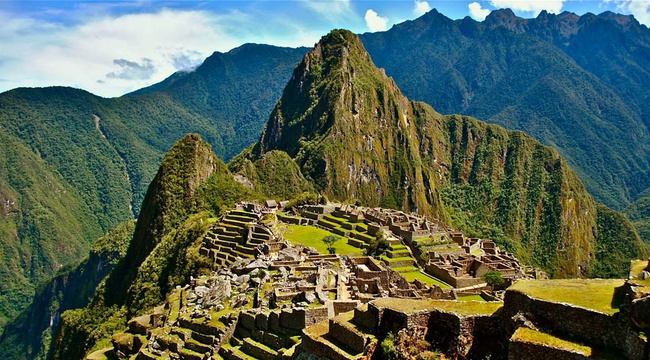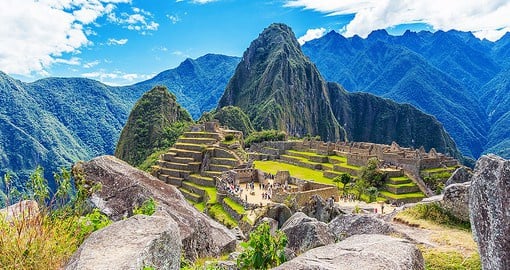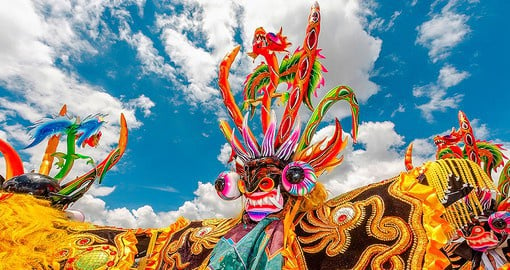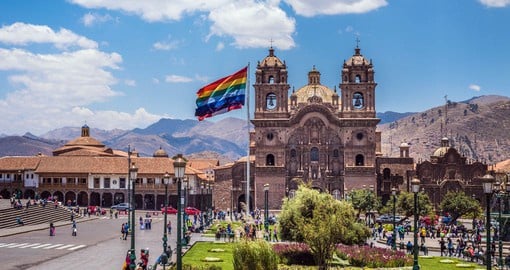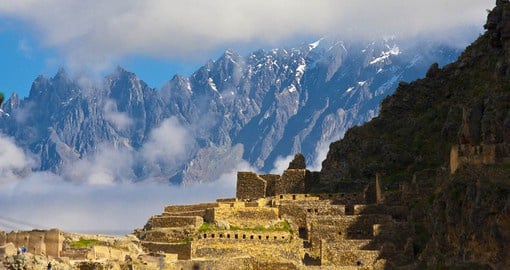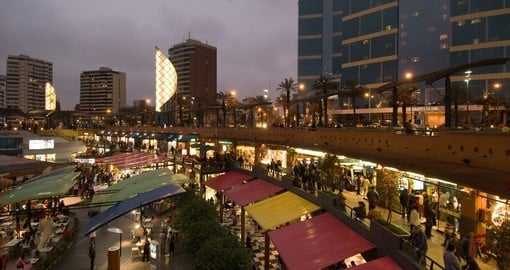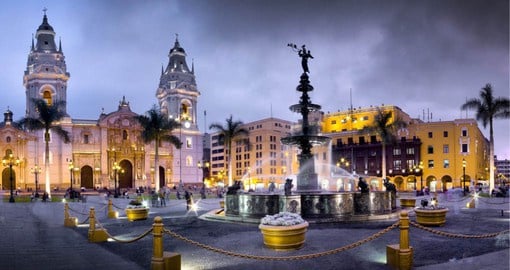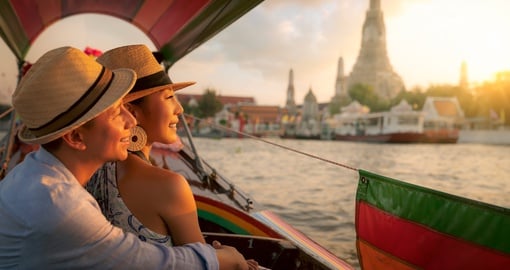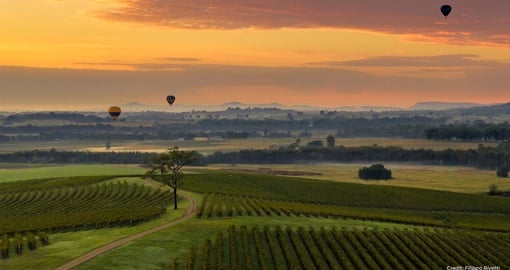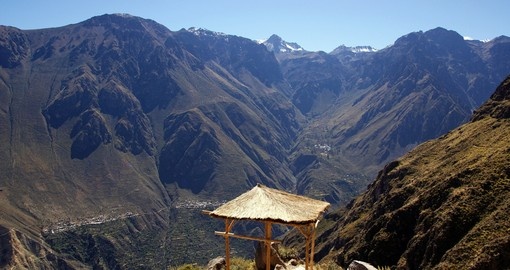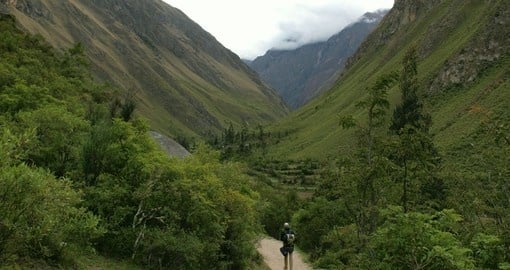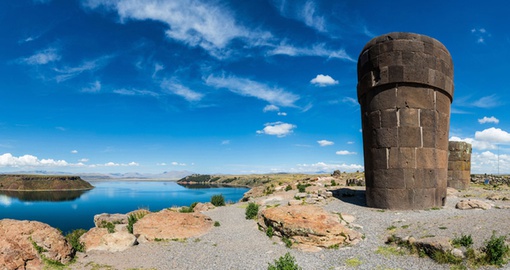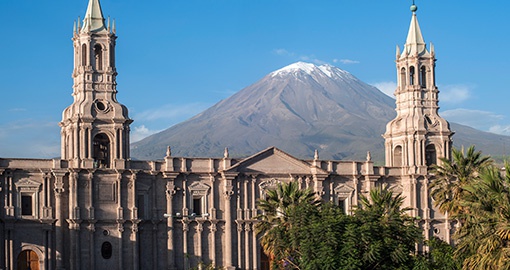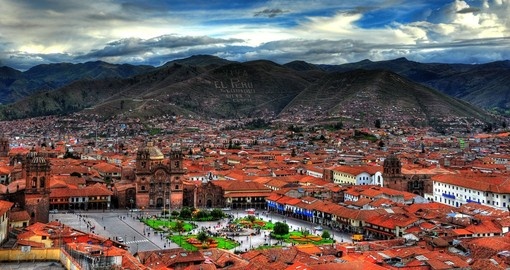Peru is a great country to explore in a week. Obviously, if you have the time, you should take at least 10 days to see more of this great South American country, but a week will let you see Machu Picchu as well as the two most popular cities, Lima and Cusco.
You won’t unlock all that Peru has to offer, but you’ll experience more than a taste of its cultural magic, which blends historical treasures with some of the most exciting cuisine in the modern world. So how do you go about exploring Peru in a week and what does a week-long tour with Goway look like?
What is a small group tour like with Goway?
A small group tour is about convenience
When you head to Peru, you can choose to tour independently or join a small group tour. But you may be thinking, what’s the difference? Well, an independent tour has the basics pre-arranged for you, including accommodations, tickets to attractions, and any day tours or guides, but otherwise you’re on your own. With a small group tour, you get the convenience and great value of having everything pre-arranged for you, including sightseeing visits, tour guides, transfers, attraction tickets, and many meal options as well. You’ll also be travelling in a small group of like-minded travellers (to a maximum of 40 people), so you’ll have a good chance of making friends along the way. If you like travelling with company, a small group tour is a great way to see the wonders of Peru and other destinations across Central & South America (and the world, for that matter).
FEATURED TRIP
Wonders of Peru
MODERATE | SMALL GROUP: Spend some time in cosmopolitan Lima, enjoying the vibrant energy and fantastic cuisine. A stop in culture-rich Cusco and the Sacred Valley is the perfect lead up to a visit to the ancient Incan citadel of Machu Picchu, a top highlight on any trip to wondrous Peru.
More DetailsOn a small group tour to Peru, you get to see the most popular sights and enjoy the peace of mind that comes with having everything arranged for you ahead of time. Considering that you’d have to go through the hassle of booking tickets to Machu Picchu on your own if you opted for an independent tour, a small group tour is a good option and means you’ll have to spend a lot less time booking your vacation.
How to explore Peru in a week
Start in Lima
Regardless of whether you visit on your own or with a pre-arranged tour group, there is a surefire way to spend one week in Peru. The main international airport is located in Lima so that’ll be your point of entry. Usually you’ll have a day or two in Lima to see some of the sights in Peru’s largest city and capital before connecting onwards to the Andes. Some people opt to skip Lima entirely, but we don’t recommend that option. Not only does Lima have some astounding historical attractions, but it’s also one of the most celebrated food cities in the world. So if you want to enjoy the cultural side of modern Peru, spend some quality time here.
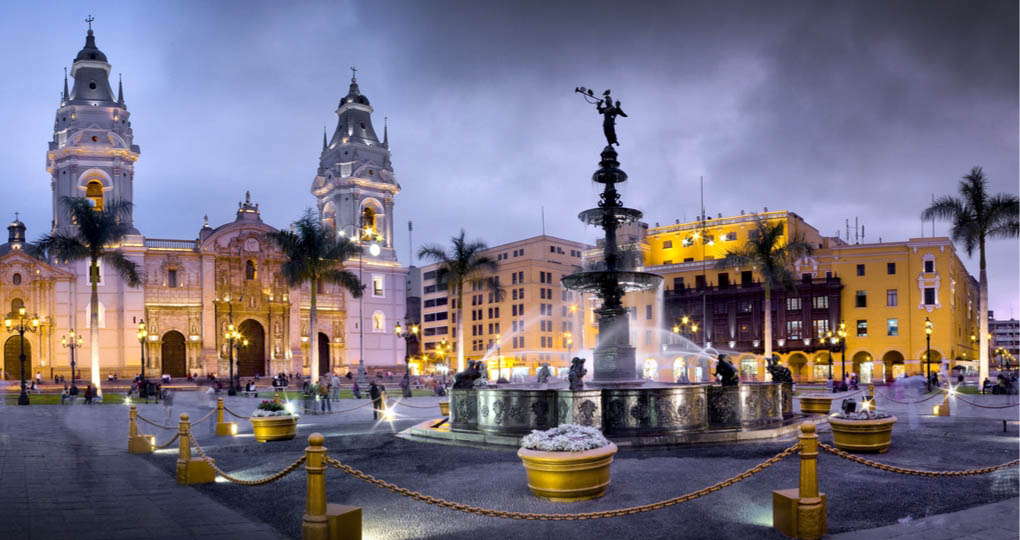
After being transferred to your hotel, you’ll have time to get exploring. If you have just one night, prioritize Lima District and Plaza Mayor, the central square and colonial heart of the city. Admire the facades of the Archbishop’s Palace and Lima Cathedral and then head a block to the northwest to visit the Basilica and Convent of Santo Domingo, where many of the nation’s most important saints are interred, including Saint Martin de Porres, the patron saint of mixed-race people. Around sundown, head back to Miraflores, San Isidro, or Barranco, depending on where your hotel is located.
Time for dinner. If you want to make a splash, book well in advance at one of the world’s leading restaurants, including Central, Maido, or Astrid y Gaston, which started the whole haute-cuisine craze in Lima. If you want something a bit more modest, try to get into Isolina Taberna Peruana in Barranco, which specializes in Peruvian classics, or Panchita in Miraflores, which is run by Gaston Acurio, who founded Astrid y Gaston.
If you can swing it, add on another day in Lima before you head to the Sacred Valley. Start the day with a visit to the cliffs of Miraflores, where you can enjoy the view of the Pacific Ocean and admire local attractions like the Parque del Amor and the lighthouse of Faro La Marina. Then arrange a visit to one of the pre-Incan pyramids, Huaca Huallamarca or Huaca Pucllana. After lunch, stop by the Miraflores Indian Market to shop for some Indigenous goods or visit some of the art galleries of bohemian Barranco. In the evening, try to get into one of the celebrated restaurants you missed on the first night.
Next stop: Cusco
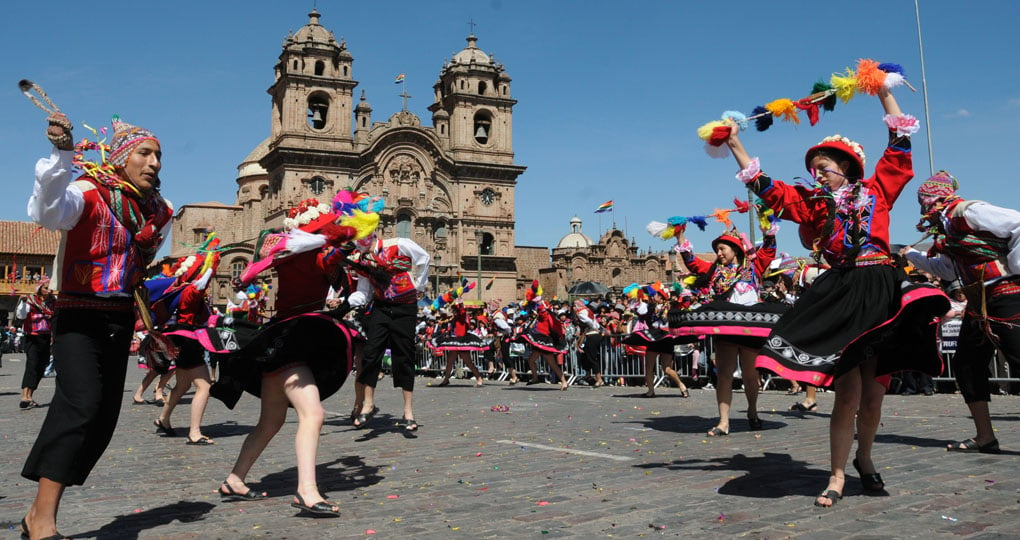
After spending either one or two nights in Lima, fly east to Cusco in the Andes Mountains. During the height of the Inca Empire, Cusco was the imperial capital and considered the navel of the world. Today, it’s a stunning historical centre and a very walkable and clean destination for travellers. As it’s a mountain city, the altitude of 3,399m takes a bit of getting used to. Spend the first day acclimating to the altitude and taking it easy with a stroll to Plaza de Armas to see Cusco Cathedral and the Church of the Society of Jesus. Don’t push yourself on your first day in Cusco or you’ll wear yourself out. Drink plenty of coca tea and move slowly. It’s also smart to avoid alcohol while you’re acclimating.
Depending on your schedule, you may head into the Sacred Valley of the Incas the next day or spend another day in Cusco seeing the sites. Regardless of whether you tour the city now or later after returning from the Sacred Valley, there are a few places to prioritize. After getting your footing on your first day in Cusco, it’s time to explore. Luckily, Cusco is very easy to explore on foot as the main historical attractions are located within the compact old town. Start your exploration at Qorikancha and the Convent of Santo Domingo of Cusco. Qorikancha used to be the main temple of the Inca Empire. After the Spanish conquered South America, they constructed a church atop the ruins of Qorikancha, but you can still see the original foundation and some other Incan remains when you visit.
Turn the corner to the southwest and head down the street to reach the Traditional Textiles Centre, where you can shop for some rugs and other handicrafts made by Indigenous craftspeople from the valley. The centre also has a mini on-site museum that describes how these textiles are made, so it’s worth a visit even if you don’t buy anything. Swing west and reach the Mercado San Pedro, the main food market in Cusco, where you can see locals doing their shopping. Buy a treat or two and pick up some souvenirs and then head to the northeast to reach the Plaza de Armas and continue north up the hill.
After a bit of a walk up the hill—don’t listen to the taxi drivers trying to convince you to pay for a ride. It’s not that long a walk—you’ll reach Sacsayhuaman, the ruins of an Incan fortress on the hillside. While the fortress is no longer standing, you can see the vast number of walls across the hilltop. Some of the stones are enormous, much larger than a car, which boggles the mind if you consider that the Inca had to drag these stones across mountaintops from their quarries to their cities. Sacsayhuaman also provides stunning views of Cusco and the surrounding mountains. If you visit at sundown, you’ll also be treated to a beautiful sunset over the valley.
Explore the Sacred Valley of the Incas
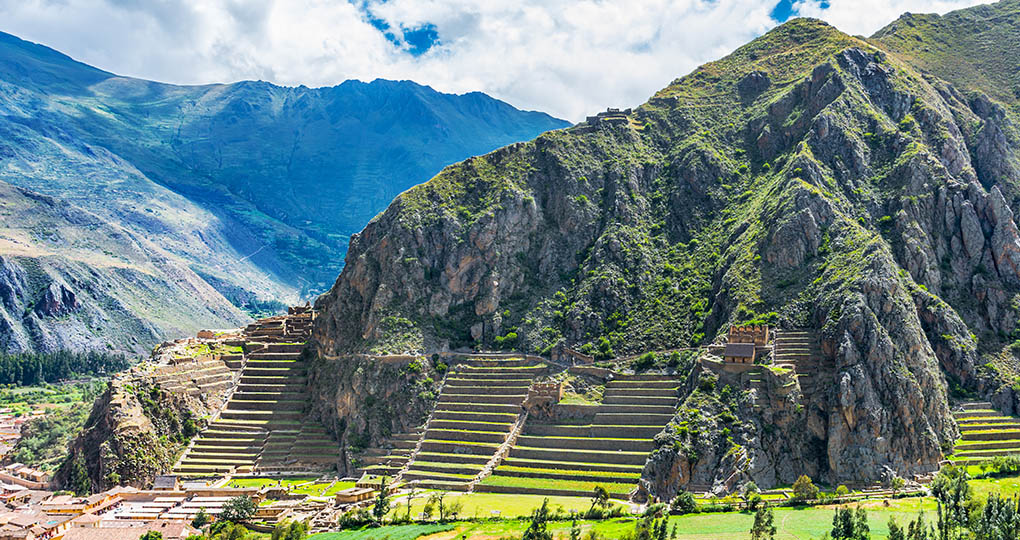
After getting acclimated in Cusco, it’s time to venture into the Sacred Valley of the Incas, officially known as the Urubamba Valley. While there are many Inca sites and natural landmarks across the Sacred Valley that are worth visiting, a few stand above the rest.
Chincheros is a colonial village that’s known as the “birthplace of the rainbow,” referring to the rainbow flag of the Inca, and has a bit of everything that makes the Sacred Valley special: Incan ruins, colonial churches, Indigenous markets, and traditional Andean homes. You can shop, sightsee, or simply experience a taste of ordinary life in the Andes.
Ollantaytambo is the departure point for the train to Machu Picchu. It’s often referred to as a living Incan town, since the townspeople live in the original Incan structures that were constructed during the height of the Inca Empire. The town has narrow streets, thick-walled homes, and is located at the conflux of two river valleys. But it’s the fortress ruins above the town that make it so special. Known as Ollantaytambo Fortress, these ruins were a temple and fortress and played a major part in Incan resistance to the Spanish. Take half a day to explore these ruins, walking up the hillside and examining the intricate stonework and learning the stories about the battle during the Spanish conquest. It’s also quite the view from the top.
Moray and Maras are often visited as a pair. If you have an extra day in the Sacred Valley, make sure to include them on your itinerary. Moray is a series of agricultural terraces carved into the hillside of the Sacred Valley. The Inca used these terraces to experiment with growing vegetables at different altitudes, which was important since their economy ran off agriculture. The cascading circles are a sight to behold.
Maras is perhaps even more impressive. Located a bit to the northeast of Moray, Maras is home to a bunch of salt pans on the edge of the hillside. For hundreds of years, Andean farmers have been using these terraces to harvest salt by trapping the salty water from underground streams and then evaporating it in the bright sun, leaving only the salt behind. When you view the salt pans from above, they look almost like white solar panels, but when you get up close, you realize that they’re hundreds of handmade terraces cascading along the hillside. They’re one of the most impressive sights you’ll see in Peru—and that’s saying something.
See the wonder of Machu Picchu
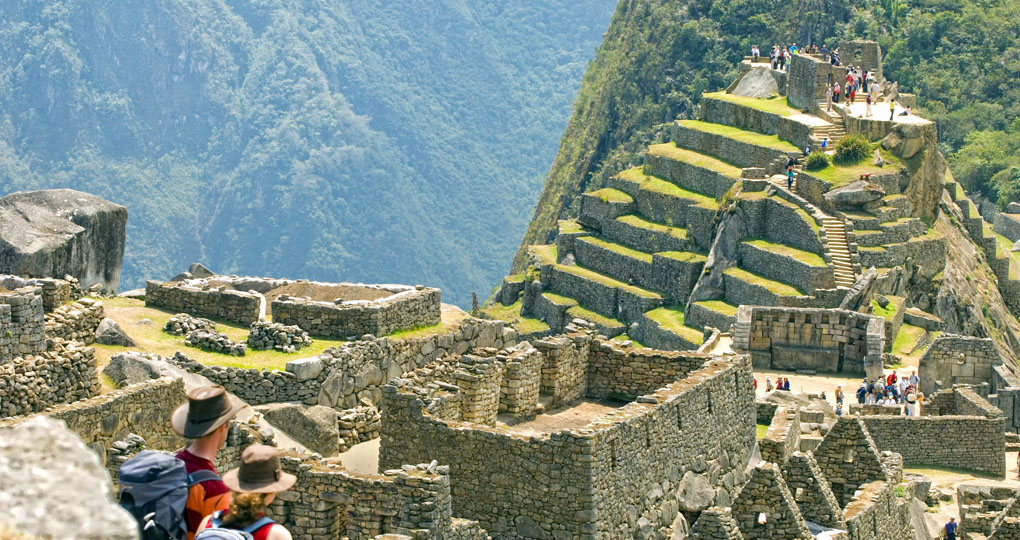
Last but not least is the centrepiece of Peru and arguably the most impressive historical site in the entire world: Machu Picchu. This Lost Citadel of the Incas is located on a mountaintop in the valley’s northwest. After spending a day or two exploring the towns and Inca landmarks of the Sacred Valley, head to Ollantaytambo to board the train to Aguas Calientes, the small resort town at the foot of Machu Picchu Mountain.
If you only have a day, head straight to Aguas Calientes to spend the night and get up early the next morning to explore Machu Picchu at dawn. The earlier you get up, the fewer people will be at the site. As well, the sun breaking over the mountains and lighting up Machu Picchu is breathtaking.
If you have more than one day, you can opt to hike the final 16km of the Inca Trail to reach Machu Picchu along the traditional mountain route. It’s an intensive hike, but it lets you see the changing landscape of the Sacred Valley from high above. As well, you’ll stop off at Incan ruins along the way, including Chachabamba and Winay Wayna. You’ll also first see Machu Picchu from the heights of the Sun Gate Intipunku, which makes for a spectacular introduction. If you opt for this route, you can enjoy an afternoon visit to Machu Picchu before returning early the next morning for another half day of exploration.
However you get to Machu Picchu, you’ll have half a day to explore the ruins and take in the wonders of this mountaintop ruin. There’s a tourist circuit that leads you through the various sites, including the Guard House—which overlooks the ruins and is the spot to capture the famous view with Huayna Picchu in the background—the Temple of the Condor, and the Quarry. If you’re down for more hiking, you can also arrange to climb Huayna Picchu, the mountain that serves as Machu Picchu’s unofficial backdrop. It’s a steep hike up the hillside, but the views of Machu Picchu from the top are incredible.
After venturing through this mountaintop marvel, you’ll ride the bus down the hill back to Aguas Calientes, where you’ll board the train back to Ollantaytambo and catch a ride back to Cusco. Depending on your itinerary, you’ll fly back to Lima the next morning to connect back home or spend another day in Cusco before returning to Lima. If you travel with Goway, you may be able to enjoy a visit to the celebrated Larco Museum in Lima before your departure back home. That means you can spend your afternoon and early evening looking at ancient artifacts and cheeky historical pottery instead of mulling about Jorge Chavez International Airport, which is definitely an upgrade.
While more time is always better, seven days in Peru still lets you experience the country’s undeniable appeal. It’s a great introduction to one of the most fascinating destinations in South America.
20 Feb 2020, 3:42 p.m.


